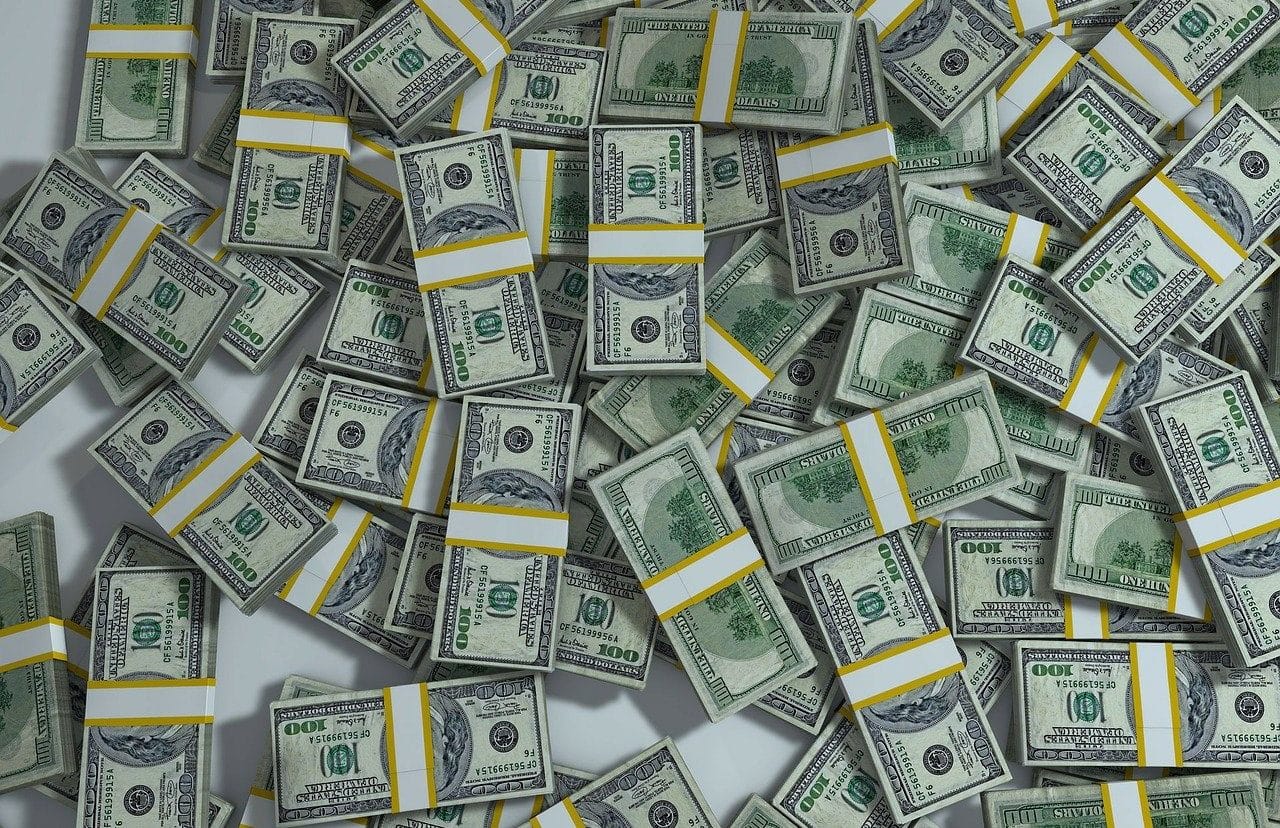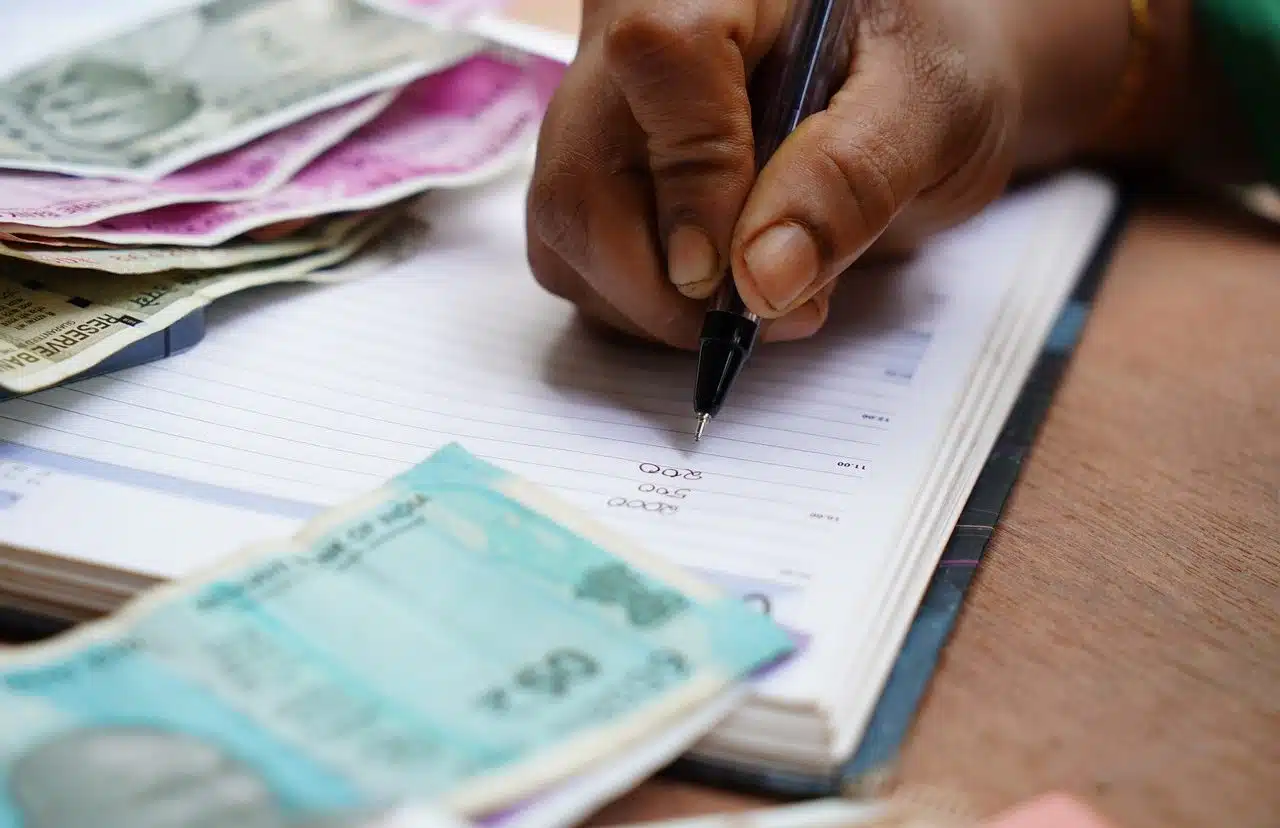
Bank debts are part of the liabilities on the balance sheet.
The balance sheet is the financial state of a company at a given point in time. In order to reflect this state , the balance sheet shows the assets (what the organization owns), the liabilities (its debts or accounts payable) and the difference between these (the net worth ).
The balance sheet, therefore, is a kind of photograph that portrays the accounting situation of the company on a certain date. Thanks to this document , the businessman accesses vital information about his business, such as the availability of money and the status of his debts.
The assets of a company
The company's assets consist of the money it has in cash and in banks, accounts receivable, raw materials, machines, vehicles, buildings and land.
In the case of assets we have to emphasize that these are usually classified into three clearly delimited types:
- Current asset . Among them are those elements that are capable of being easily converted into cash (that is, they have liquidity ). Hence, within this typology are the money that is in the bank and that available in the company itself, the accounts that remain receivable from clients, the checks that must be cashed and the inventoried assets (raw materials, products finished products, products in process…).
- Non-current or fixed asset . This name includes all real estate and personal property that the company has and that is essential for the performance of its activity. Thus, examples of assets of this type are vehicles, furniture, land, buildings and machinery, among others. It is important to know that each fixed asset is subject to what is known as depreciation ; that is, to the wear and tear it suffers from use.
- Other assets . This classification includes assets that do not belong to any of the two aforementioned categories. Examples of those would be expenses that are paid in advance.

On a balance sheet, stockholders' equity is the value of the resources contributed or obtained by the entrepreneur.
Liabilities on the balance sheet
Liabilities , on the other hand, are made up of debts, bank obligations and taxes payable, among other issues.
In the case of liabilities, these can also be classified into three categories:
- Non-current liabilities . They are those that the company must pay within a period of more than one year. That is why it considers long-term debt.
- Current liabilities . The entity must pay them within a period of less than one year: benefits, overdrafts, credits...
- Other liabilities . Those that are not included in either of the previous two classifications.

The balance sheet helps manage cash flow.
Statement of financial position
It should be noted that the balance sheet is also known as the statement of financial position . The document usually presents different columns, which organize the values according to whether they are active or passive. The difference between these is the net worth (that is, the difference between what the company has and what it owes).
Although balance sheets are useful for business owners, they are usually prepared by accounting specialists. Accountants are in charge of analyzing the numbers and putting them into the balance sheet. Once the balance sheet is closed, it is presented to the businessman or the relevant manager, who is the one who will make the corresponding decisions for the management of the company based on profitability , solvency , etc.
Balance Sheet Examples
Let's take the case of a computer company whose accountant prepares the balance sheet at the end of the first quarter. The expert dumps the data into a spreadsheet with the following columns:
ASSET
Fixed asset
Real estate: $1,250,000
Furniture: $300,000
Computer equipment: $180,000
Total fixed assets: $1,730,000
Current assets:
Cash: $85,000
Bank accounts: $100,000
Accounts receivable: $43,000
Total current assets: $228,000
Asset sum: $1,958,000
PASSIVE
Non-current liabilities
Long-term debt: $200,000
Current liabilities
Creditors: $45,000
Suppliers: $100,000
Interest payable: $25,000
Liability amount: $370,000
Net worth: $1,588,000
Let's now think about an entrepreneur who is dedicated to selling artisanal jams. Its balance sheet at the end of the year shows the following results:
ASSET
Fixed asset
Furniture: $20,000
Computer equipment: $45,000
Vehicles: $70,000
Total fixed assets: $135,000
Current assets:
Cash: $15,000
Bank accounts: $20,000
Accounts receivable: $8,000
Total current assets: $43,000
Asset sum: $178,000
PASSIVE
Non-current liabilities
Long-term debt: $150,000
Current liabilities
Creditors: $25,000
Suppliers: $80,000
Interest payable: $2,000
Liability amount: $257,000
Net worth: – $79,000
As can be seen, in the case of the computer company the general balance offers a positive result. The company has a net worth of $1,588,000, which is equivalent to saying that it has these resources.
On the other hand, the entrepreneur's balance sheet reflects a negative net worth (-$79,000). This means that, at least at that specific moment, the project accumulates more liabilities (debt) than assets. Of course, the panorama can change for multiple reasons. If you manage to increase sales and thus grow your cash and/or bank accounts, you may be able to have a favorable net worth .
